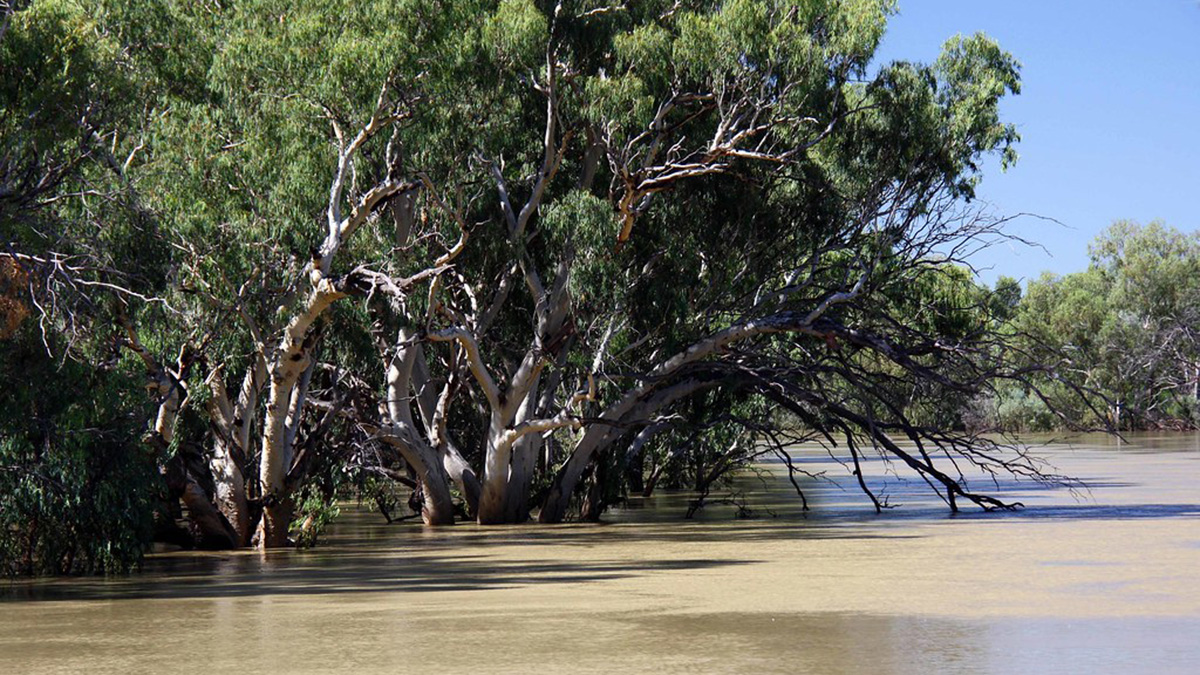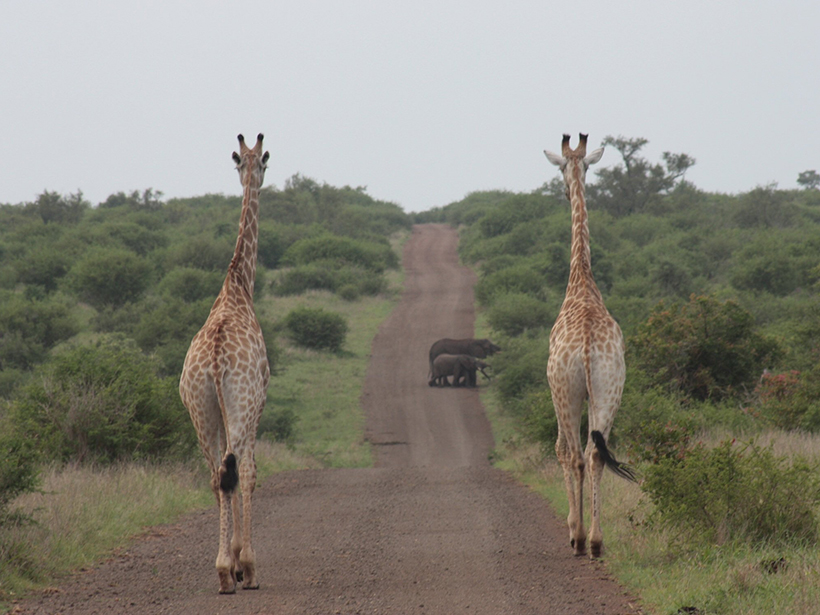Combining data from land and sea helps ecologists measure human impact.
ecology
Identifying the World’s Most At-Risk River Basins
Major river basins around the world, including the Amazon, may be hot spots for ecological shifts as the planet warms.
NEON Lights a Path for Sustained Ecological Observations
Resources and data offered by the National Ecological Observatory Network are supporting researchers investigating critical ecosystem changes across the country.
Ancient Maya Made Widespread Changes to Wetland Landscape
A system of canals 2 millennia old sustained a local population after the collapse of its neighbors, and it continues to affect local ecology today.
¿Cómo Afecta el Reverdecimiento del Ártico al Agua Subterránea?
Nuevas investigaciones examinan cómo los cambios en la ecología de la superficie influyen en la hidrología subterránea en el Ártico.
Protected Areas Are Not Safe from Climate Change
A new study showing the most vulnerable protected areas—the poles and the subtropics—could help prioritize their care.
Climate Warming Improves Oxygen Mixing in a High-Altitude Lake
Long term weather and lake data from a high elevation lake in the Alps demonstrate that climate warming may actually improve the ability of high-altitude deep lakes to mix their waters.
Drones Help Bridge the Gaps in Assessing Global Change
New instruments in the research tool kit bolster scientific understanding of the ecology of a greening Arctic.
Los Costos Ecológicos de Remover las Plataformas Petroleras Mar Adentro en California
Las plataformas de perforación de petróleo- y gas-mar adentro son hábitats ricos para peces. Eliminarlas por completo resultaría en una pérdida del 95% de biomasa de peces, revela una nueva investigación.
Deep-Sea Mining May Have Deep Economic, Environmental Impacts
A new report supports the creation of a compensation fund for nations that rely on terrestrial mining, but it fails to dispel environmental concerns over deep-sea mining.










